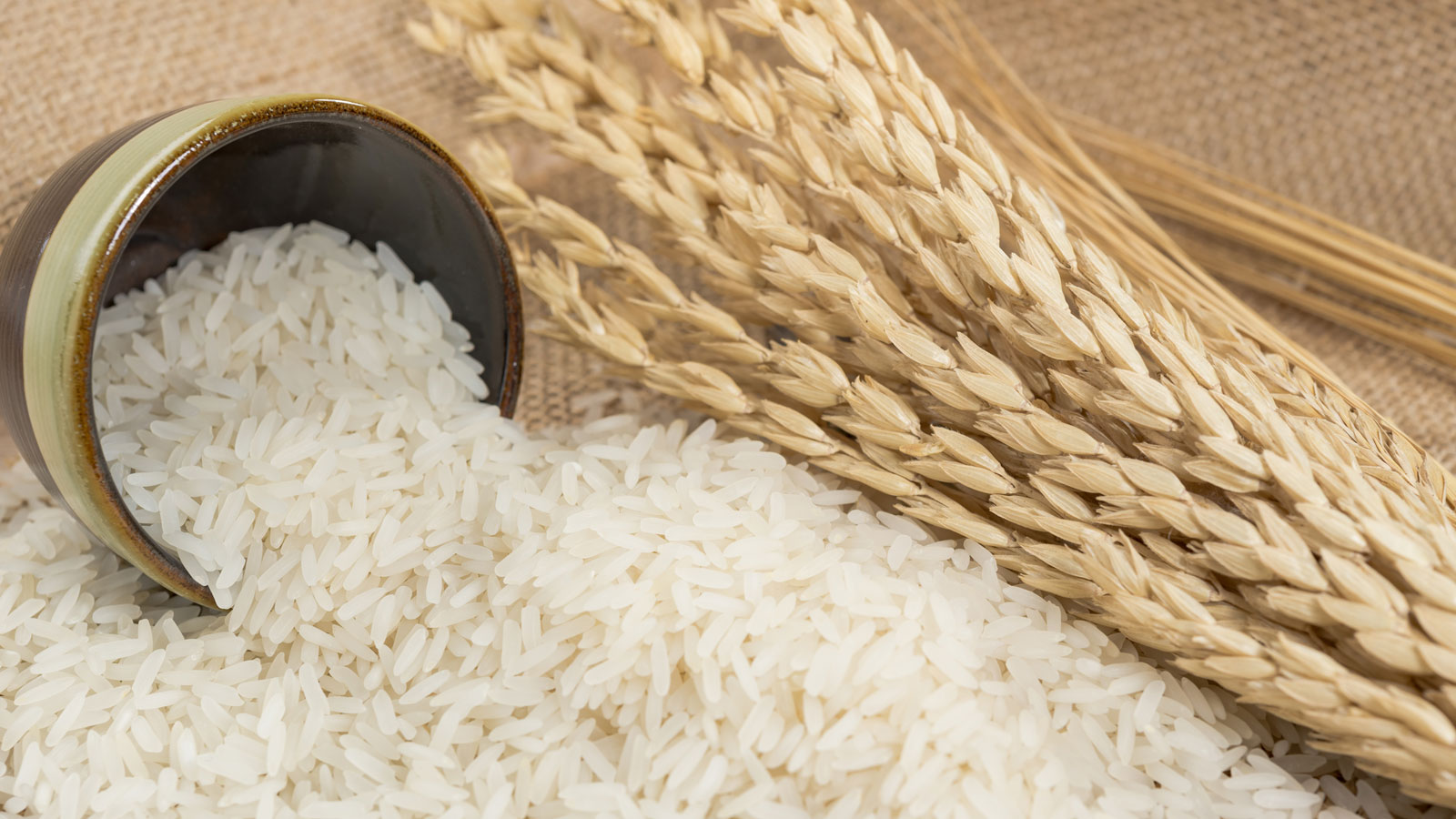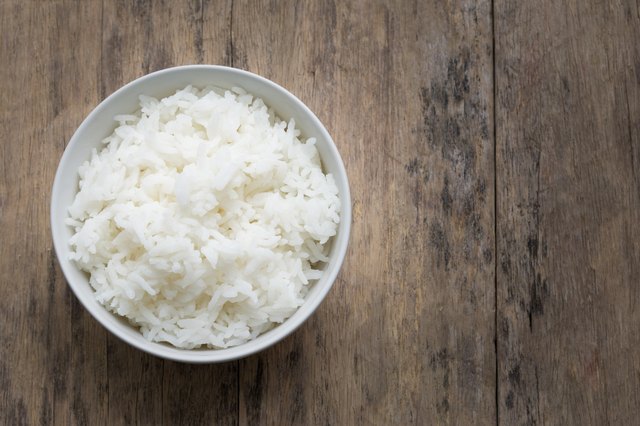- Joined
- Jul 17, 2020
- Messages
- 47,360
- Reaction score
- 26,060
- Location
- Springfield MO
- Gender
- Male
- Political Leaning
- Liberal
Several of the deniers have cling to the SIMPLISTIC claim that the only long-term effect of AGW worth discussing is the so-called “greening of the Earth”, but as it turns out, even that is actually a NEGATIVE for the long run. Agricultural plants have adapted to local cultural conditions (rainfall, temperature, etc) over decades and even centuries (the vineyards of France), and changing conditions has the potential to throw agriculture into chaos. Here are some specifics:
“The myth that CO2 is plant food and that “extra” CO2 therefore can’t be bad is an example of a logical fallacy. It sort of sounds right, but it’s a major oversimplification. It’s appealing because it suggests that it’s okay to emit the pollution that causes climate change. But the myth is not true. It’s so oversimplified that it leaves out other important factors that help plants grow – and all of the damage that extra CO2 is causing. Just think of it in terms of “too much of a good thing is a bad thing” as, for example, with too much water causing a bathtub to overflow.
By studying Earth’s history, scientists have learned that when there was a lot of CO2 in the atmosphere, the planet was hot. In fact, the last time the Earth had as much CO2 in the atmosphere as it now does was the Pliocene Epoch, more than 3 million years ago. At that time, Earth’s atmosphere was 3.6 to 7.2 degrees Fahrenheit warmer (2 to 4 degrees Celsius) than it is today. And global sea level was 50 to 80 feet (15 to 25 meters) higher.
To conduct a more “real world” experiment, other studies have given plants extra CO2 plus an increase in temperature. In these conditions, many plants and crops grew poorly. In most cases, the boost from CO2 was overwhelmed by the hotter conditions. These experiments demonstrate that the myth of CO2 fertilization is false, and peer-reviewed reports find that major crops like wheat, rice, corn, and soybeans will become less productive as the world heats up.
Likewise, a landmark study in 2018 found that growing rice in high-CO2 conditions makes it less nutritious. As a basic grain, rice plays a critical role in feeding the world’s population. The extra CO2 caused an imbalance within the crop’s chemical makeup, which resulted in rice that had lower amounts of protein, iron, zinc, and B-vitamins. “The entire elemental balance is out of whack,” explained plant physiologist Lewis Ziska, an author of the study. This result is yet another example of how the recipe of nature is being disrupted by excess CO2.

 yaleclimateconnections.org
yaleclimateconnections.org
So the next time a denier makes the standard SIMPLISTIC talking point about “greening of the Earth”, refer them to this thread for the TRUTH of the matter.
“The myth that CO2 is plant food and that “extra” CO2 therefore can’t be bad is an example of a logical fallacy. It sort of sounds right, but it’s a major oversimplification. It’s appealing because it suggests that it’s okay to emit the pollution that causes climate change. But the myth is not true. It’s so oversimplified that it leaves out other important factors that help plants grow – and all of the damage that extra CO2 is causing. Just think of it in terms of “too much of a good thing is a bad thing” as, for example, with too much water causing a bathtub to overflow.
By studying Earth’s history, scientists have learned that when there was a lot of CO2 in the atmosphere, the planet was hot. In fact, the last time the Earth had as much CO2 in the atmosphere as it now does was the Pliocene Epoch, more than 3 million years ago. At that time, Earth’s atmosphere was 3.6 to 7.2 degrees Fahrenheit warmer (2 to 4 degrees Celsius) than it is today. And global sea level was 50 to 80 feet (15 to 25 meters) higher.
To conduct a more “real world” experiment, other studies have given plants extra CO2 plus an increase in temperature. In these conditions, many plants and crops grew poorly. In most cases, the boost from CO2 was overwhelmed by the hotter conditions. These experiments demonstrate that the myth of CO2 fertilization is false, and peer-reviewed reports find that major crops like wheat, rice, corn, and soybeans will become less productive as the world heats up.
Likewise, a landmark study in 2018 found that growing rice in high-CO2 conditions makes it less nutritious. As a basic grain, rice plays a critical role in feeding the world’s population. The extra CO2 caused an imbalance within the crop’s chemical makeup, which resulted in rice that had lower amounts of protein, iron, zinc, and B-vitamins. “The entire elemental balance is out of whack,” explained plant physiologist Lewis Ziska, an author of the study. This result is yet another example of how the recipe of nature is being disrupted by excess CO2.

More CO2 in the atmosphere hurts key plants and crops more than it helps » Yale Climate Connections
The familiar adage - too much of a good thing is a bad thing - applies to atmospheric carbon dioxide: In higher concentrations, it is a damaging pollutant.
So the next time a denier makes the standard SIMPLISTIC talking point about “greening of the Earth”, refer them to this thread for the TRUTH of the matter.



